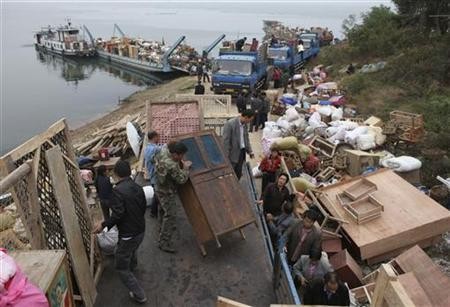After 10 years of construction, China's water diversion project began supplying water to the northern regions of China, including the capital city of Beijing, on Dec. 12, Friday.
The canal and pipeline, which was first proposed in 1952, transports the valuable resource from the country's longest river, the Yangtze, and no other facility of this type and magnitude exists anywhere else on the planet.
On Friday, Chinese President Xi Jinping praised the workers and their colleagues who collaborated to bring the massive 500 billion yuan ($80 billion) construction project to fruition after they first started working on Dec. 30, 2003.
President Xi was open about describing Friday's milestone as a "major event," as the new canal will address arid areas occupied by houses, as well as industrial and agricultural properties. More than 100 counties will benefit from the improved standard of living that the economic and social development is designed to provide.
Friday's announcement is actually the second stage of completion, as stage one, the eastern section, started operating in 2013. The first part of the 2003 undertaking distributes water to the Shandong Province, while the middle route, which is 1,432-kilometers long, starts at the Danjiangkou reservoir, located in the Hubei Province.
Approximately 100 million people reside in the dry counties that the canal targets. Projections show that 9.5 billion cubic meters of water will be delivered annually to cities such as Tianjin and the provinces of Henan and Hebei. By 2050, the number of users is expected to grow to 440 million, who will be able to access 44.8 billion cubic meters of diverted water each year.
Although the project was first slated over 50 years ago, under the leadership of late Chinese leader Mao Zedong, the process was prolonged by the intensive discussion that surfaced in response. It was finally in Dec. 2002 that the State Council confirmed official approval for its construction.




























